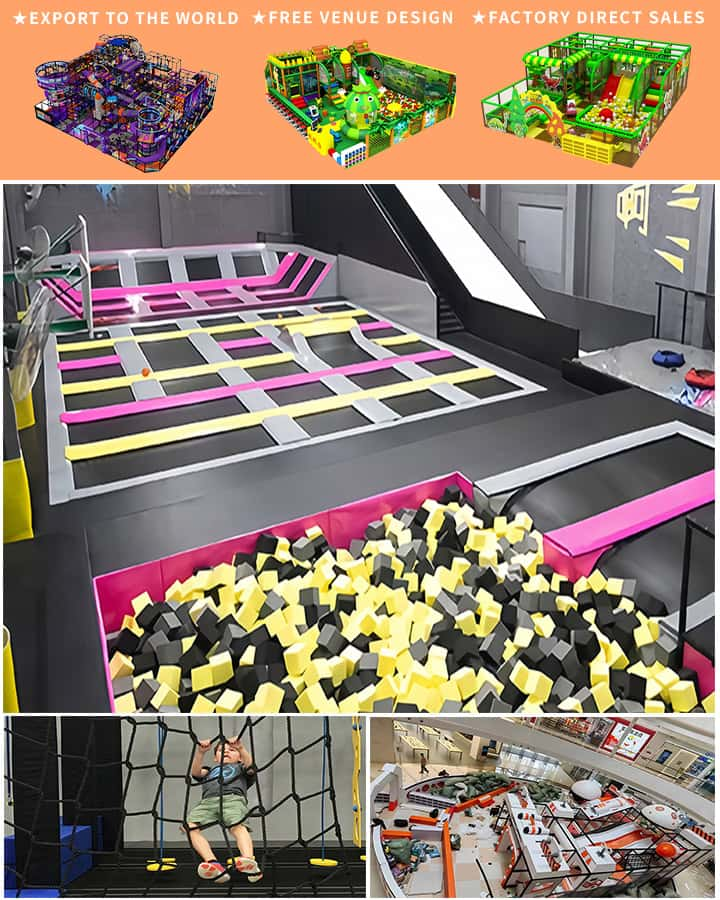Indoor playgrounds have become increasingly popular among families seeking a safe and entertaining environment for their children. These vibrant, colorful spaces are designed to provide fun, physical activity, and social interaction for kids of all ages. However, many indoor playgrounds enforce age limits to ensure the safety and enjoyment of all visitors. This article explores the rationale behind setting age limits, the common age ranges you might encounter, and tips for making the most out of your experience at an indoor playground.
Why Are There Age Limits at Indoor Playgrounds?
Age limits at indoor playgrounds serve several important purposes. Firstly, they help in creating a safer environment. Children within certain age groups typically have similar physical development, reducing the risk of accidents caused by differences in size, strength, or coordination. Secondly, age-specific zones cater to the developmental needs and interests of children at different stages, ensuring that each child has an enjoyable and appropriately challenging experience.
Common Age Limits and What They Mean
Toddler Zones (0-3 Years): These areas are tailored for the very young, focusing on sensory play, soft climbing structures, and gentle slides. The equipment is designed to be safe and engaging for toddlers who are still developing basic motor skills.

Preschool Zones (3-6 Years): Structured for slightly older children, these areas often include more complex climbing frames, tunnels, and small slides. The activities in this zone encourage exploration and imaginative play while still being manageable for young children.
School-Age Zones (7-12 Years): Designed for older kids, these areas feature more challenging elements such as rope climbs, zip lines, and larger slides. The equipment in this zone is built to withstand more vigorous use and to stimulate older children’s growing bodies and minds.
Mixed-Age Areas: Some indoor playgrounds feature mixed-age areas where children of different ages can play together. These zones often include a variety of equipment suitable for a broader age range, promoting socialization and cooperative play.
Tips for a Great Indoor Playground Experience
Check the Rules: Before entering, make sure to read any posted rules or guidelines regarding age limits, supervision requirements, and safety procedures. This will help you avoid any potential issues and ensure a smooth visit.
Dress Appropriately: Encourage children to wear comfortable clothing and non-slip socks. Many indoor playgrounds require socks for safety reasons and some may restrict certain types of footwear.
Supervise Actively: Always keep an eye on your children, especially if they are within an age group requiring adult supervision. While staff members are present, your vigilance ensures an added layer of safety.
Plan the Visit: Indoor playgrounds can get crowded, particularly on weekends and holidays. Consider visiting during off-peak times to avoid long waits for popular attractions and to give your child a more enjoyable experience.
Bring Essentials: Pack a bag with essentials such as water bottles, snacks, and wipes. Staying hydrated and having quick access to cleaning supplies can make the day more pleasant for everyone.
Conclusion
Indoor playgrounds offer a fantastic opportunity for children to play, learn, and grow in a controlled and safe environment. By understanding and respecting age limits, parents can ensure their children have a positive and appropriate experience tailored to their developmental stage. Whether you’re visiting with a toddler or a school-aged child, indoor playgrounds provide endless possibilities for fun and adventure. So, pack your bags, put on those socks, and get ready for a day of excitement and joy!




